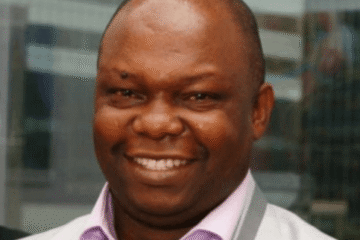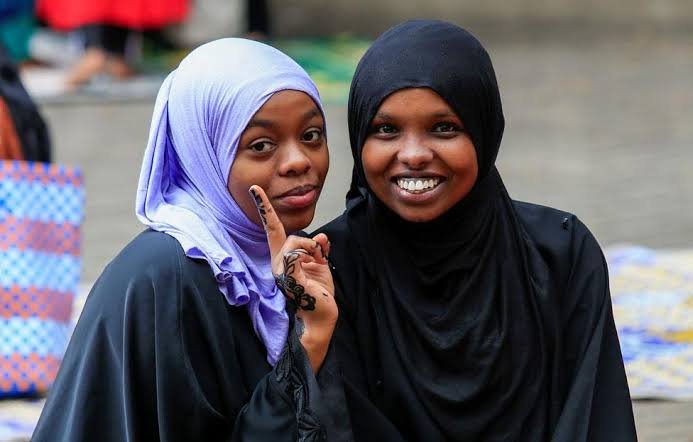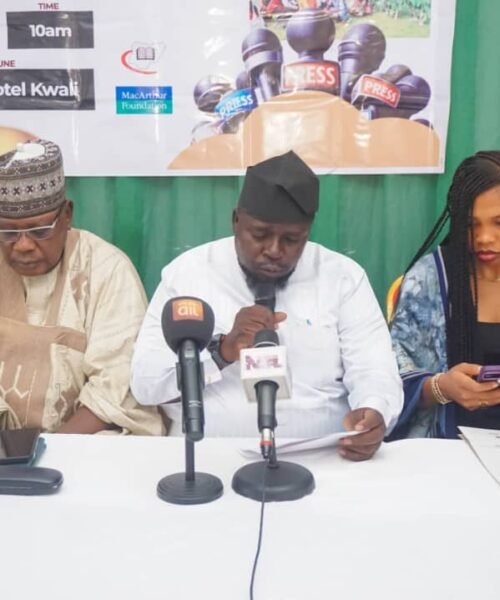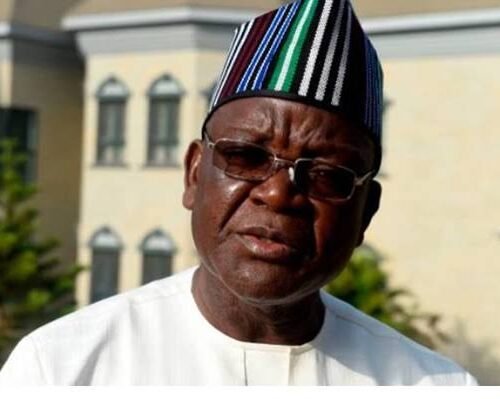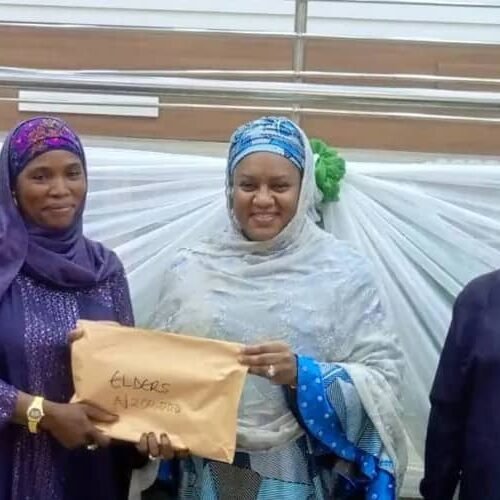Eid el-Fitr, the joyous holiday marking the end of Ramadan, is a global celebration that transcends borders while remaining deeply rooted in gratitude, generosity, and togetherness.
Across continents, the holiday, which in Nigeria holds Monday, March 31, and Tuesday, April 1, takes on unique cultural flavors, blending centuries-old customs with modern interpretations—all while placing family, food, and fashion at the heart of the festivities.
No matter where it’s celebrated, Eid el-Fitr reflects the global Muslim community’s ability to honor tradition while embracing change.
Whether through fashion, feasts, or intimate family rituals, the spirit of gratitude and joy remains at the core—proving that some traditions truly transcend language, location, and time.
From close-knit family gatherings to grand public festivities, here’s how Eid el-Fitr is observed around the world—and the stylish ways people dress for the occasion.
The Middle East
In the Gulf, Eid mornings begin with communal prayers, followed by family visits, elaborate feasts, and the exchange of gifts. Hospitality is paramount, with majlis gatherings welcoming friends and relatives for sweet treats like luqaimat and stuffed dates, accompanied by aromatic qahwa (Arabic coffee).
Fashion takes on a celebratory tone, with women donning opulent kaftans, contemporary abayas, and heirloom jewelry.
Men, on the other hand, opt for crisp kanduras in shades of white, beige, or navy—symbolizing elegance and purity.
Shopping is an integral part of the pre-Eid experience, with bustling malls filled with last-minute gift-buyers and families searching for the perfect outfit to mark the occasion in style.
West Africa
In Senegal and Nigeria, Eid—known as Korité or Sallah respectively—is a time for prayer, feasting, and vibrant fashion statements.
Food plays a central role, with families preparing generous portions of jollof rice, yassa poulet, and grilled meats to share with neighbors and the less fortunate.
West African Eid fashion is nothing short of spectacular. Women step out in boldly patterned boubous, statement-making gele (headwraps), and layered gold jewelry.
Men opt for flowing agbadas or embroidered kaftans in vivid hues, often coordinating with their families.
Beyond the feasts and prayers, the celebrations spill into the streets with drumming, dancing, and impromptu fashion parades, making Eid as much a public spectacle as it is a personal tradition.
Turkey
In Turkey, Eid—known as Ramazan Bayramı—is a blend of Ottoman tradition and contemporary customs. Families gather for morning prayers at historic mosques before sitting down to elaborate breakfasts featuring börek, baklava, and Turkish delights.
Visiting elders to seek blessings is a cherished tradition, with children receiving sweets, money, and small gifts.
Fashion strikes a balance between modest sophistication and contemporary edge, with flowing dresses, tailored suits, and chic headscarves in neutral tones. Many incorporate designs by local Turkish brands, showcasing a seamless blend of heritage and modernity.
Southeast Asia
In Indonesia, Malaysia, and Brunei, Eid—known as Hari Raya Aidilfitri—is a lively, communal affair. Entire neighborhoods open their doors for open houses, where guests drop in to enjoy traditional dishes like rendang, ketupat, and kuih.
Fashion blends tradition with modern influences, with women opting for pastel-hued baju kurung and baju kebaya featuring intricate embroidery and contemporary cuts.
Accessories, such as pearl-studded hijabs and ornate brooches, complete the look, merging heritage with personal flair.
A key aspect of Eid here is the spirit of forgiveness, as families and friends seek and grant it, reinforcing that the holiday is as much about spiritual renewal as it is about celebration.
South Asia
In Pakistan, India, and Bangladesh, Eid el-Fitr preparations begin on Chand Raat, the night before, when bustling markets stay open late for last-minute shopping, henna application, and bangle-buying.
The day itself is filled with prayers, charitable giving (zakat el-fitr), and lavish meals featuring biryani, haleem, sheer khurma, and saffron-infused sweets.
Fashion is equally extravagant, with women choosing intricately embroidered sharara sets, flowing kameezes, and shimmering dupattas.
Men traditionally wear crisp kurta pajamas, often paired with embroidered waistcoats or elegant shawls.
The Western World
Across Europe, North America, and Australia, Eid celebrations reflect the diversity of Muslim communities. From large outdoor festivals with food trucks, fashion pop-ups, and live music, to intimate home gatherings blending local and cultural traditions, each celebration is unique.
Fashion is often a fusion of styles, with younger generations mixing traditional silhouettes with contemporary brands—such as kaftans paired with sneakers or embellished abayas layered over silk slip dresses.
Eid in the West is also a time for community service, cultural outreach, and celebrating identity in ways that are both deeply personal and proudly public.
*Culled from savoirflaire.com





